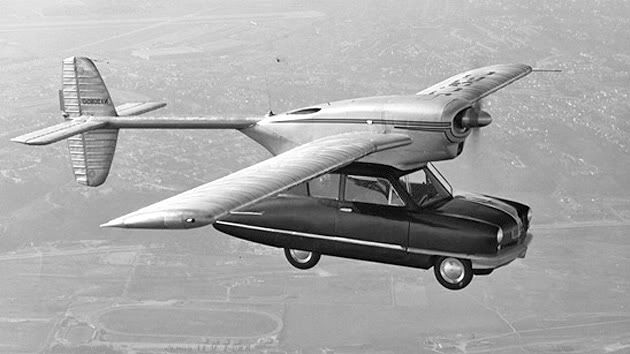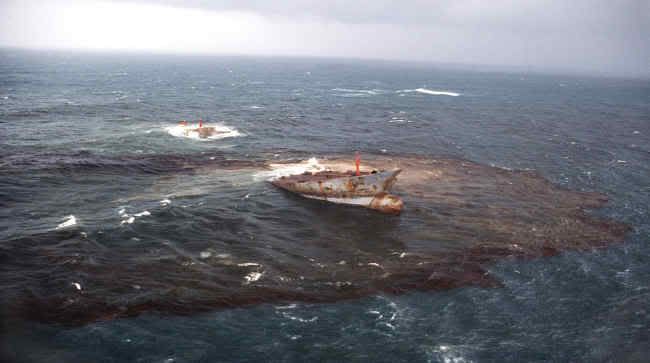Blindness is unfortunately common , but it may not be for long. Researchers are using new technology to fix the eyes of people affected with blindness by installing a new chip into the eye. This super thin chip is only 3mm across and is packed with light sensors. Using a thin wire connected to the eye helps the damaged nerves process information. The chip along with the wire helps stimulate the nerves of the patient. The patient also wear a pair of specialized glasses which send the images to the chip where the brain next registers it. The new technology is not perfect, as it can only help patients who possessed some type of sight in the past and can only help patients recognize large objects.
Although this chip is only a prototype Bionic Vision Australia, the company behind the technology, is also working on a High Acuity version. This version will have 1024 electrodes as opposed to the 98 electrodes in the other version. The extra electrodes can help give a more detailed view to the patient.
Perhaps sometime in the future the technology will be perfected and blindness will be a thing of the past.





















